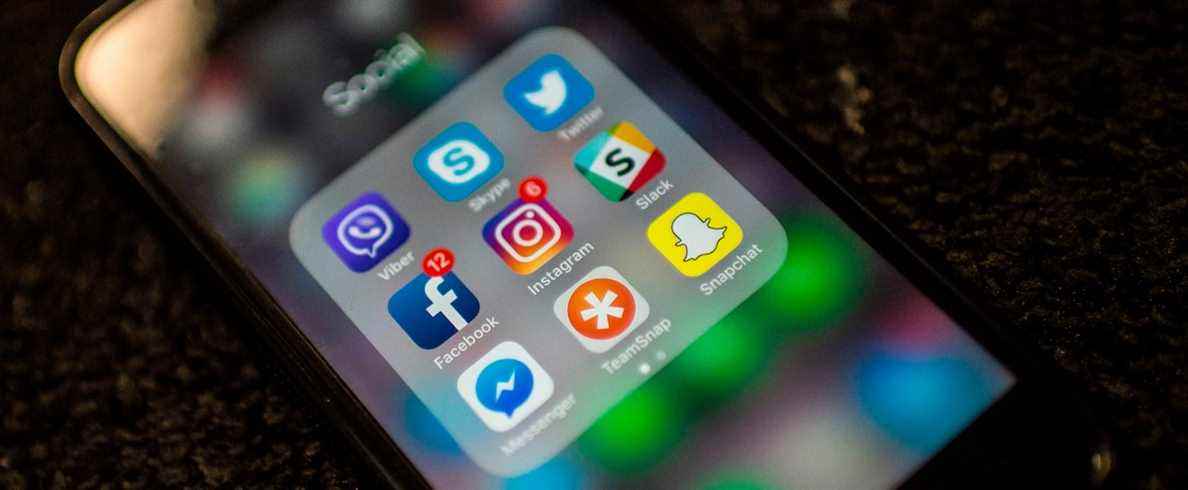If school administrators have the power to take action when the physical or psychological integrity of students is undermined within the walls or on the grounds of their establishments, it is far from being so simple when it comes to what’s happening on social media.
Online, it’s the jungle
We will not hide our heads in the sand, even if the minimum age to open an account on Facebook, Instagram or TikTok is 13 years old, many children are there anyway. And it’s not the parents’ fault. Even the most vigilant sometimes miss a little rush, because technology is advancing at breakneck speed and it is almost impossible to know EVERYTHING about our children’s activities online.
Parents and school administrators no longer know where to turn and are overwhelmed by the content that is created on these platforms by young people who misunderstand the consequences of what they publish online.
Thus, in some schools, we end up with pages published for the sole purpose of intimidating teachers or students. Of course, when individuals are clearly targeted or there are clear threats, schools can call in the police. But often bullies are vague, and not much can be done.
Instagram hypocrisy
What do the web giants say when worried parents or schools contact them or report this content? Usually it’s radio silence. And, when we are given the grace of a response, we say that the reported content does not violate community standards.
Ironically, while several studies confirm that Facebook and Instagram have negative effects on the relationship to the body and self-esteem, the president of Instagram has spent the week strutting in front of the United States Senate. “Instagram can help young people. ” That is what he said.
Ironic, though. I wonder if, after having “helped” the young people, Instagram will respond to the complaints of school administrators and parents.
